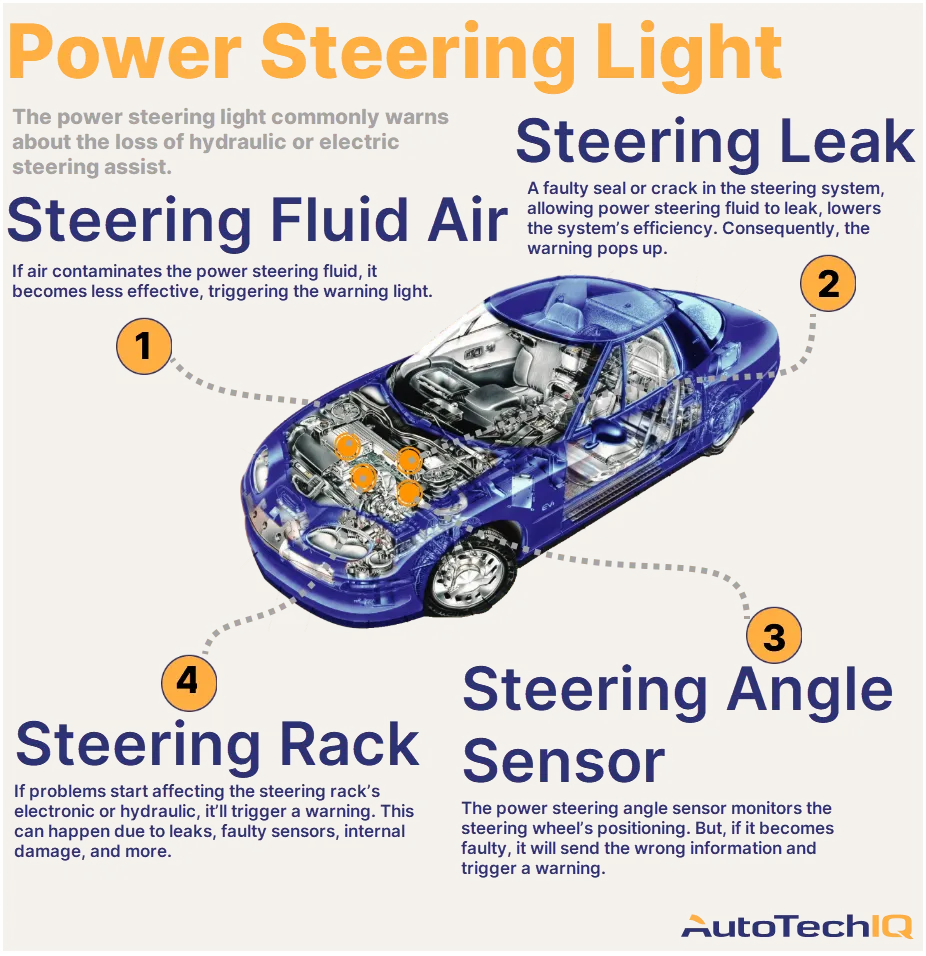When driving a vehicle‚ we often take for granted the power steering and power brakes that assist us in maneuvering and stopping our cars safely and efficiently. However‚ it is essential to understand that these systems rely heavily on the engine’s operation. In this article‚ we will explore how power steering and power brakes work‚ the impact of an engine stall on these systems‚ and what drivers should be aware of regarding vehicle safety in such situations.
What is Power Steering?
Power steering is a system that helps drivers steer their vehicles with less effort. This system can be hydraulic or electric:
- Hydraulic Power Steering: This system uses a pump driven by the engine to provide hydraulic fluid pressure that assists in steering. When the engine is running‚ the pump generates the necessary pressure to make steering easier.
- Electric Power Steering: This system uses an electric motor to assist steering. It is more energy-efficient and can adapt to different driving conditions but still relies on the vehicle’s electrical system‚ which is powered by the engine.
What are Power Brakes?
Power brakes‚ also known as power-assisted brakes‚ use a vacuum or hydraulic system to amplify the force applied to the brake pedal by the driver. This allows for easier and more effective braking. There are two main types of power brake systems:
- Vacuum Brake Booster: This system uses engine vacuum to assist in braking. When the driver presses the brake pedal‚ the vacuum helps increase the force on the brake system.
- Hydraulic Brake Booster: This system uses hydraulic pressure from the power steering system to assist in braking‚ allowing for a smoother and more responsive braking experience.
The Impact of Engine Stalling
When an engine stalls‚ it can have a significant impact on both power steering and power brakes:
- Loss of Power Steering Functionality: In a hydraulic power steering system‚ the pump that provides pressure is no longer functioning‚ making steering much harder. In electric power steering systems‚ the electric motor stops working‚ leading to a loss of assist.
- Loss of Power Brakes Functionality: With a vacuum brake booster‚ the engine’s stall means that vacuum is no longer being generated‚ leading to a harder brake pedal and decreased braking power. In hydraulic systems‚ the loss of pressure can similarly reduce braking effectiveness.
Driving Experience During an Engine Stall
When the engine stalls‚ drivers may experience the following:
- Increased Steering Effort: Without power steering assistance‚ drivers will find it significantly more challenging to turn the steering wheel‚ especially at low speeds or when parking.
- Increased Brake Pedal Resistance: The brake pedal will become much harder to press‚ requiring more physical strength to bring the vehicle to a stop.
- Loss of Control: The combination of hard steering and braking can lead to a loss of control‚ especially in emergency situations where quick reactions are crucial.
Safety Measures and Precautions
Understanding how power steering and power brakes work in relation to engine performance is vital for all drivers. Here are some safety measures and precautions to consider:
- Regular Maintenance: Ensure your vehicle is regularly serviced to prevent engine stalls‚ power steering failures‚ and braking issues.
- Be Aware of Signs of Trouble: Look out for warning signs like unusual noises from the steering system‚ hard brake pedal feel‚ or engine performance issues that could lead to stalling.
- Practice Emergency Maneuvers: Familiarize yourself with how to handle a stall situation‚ including safely steering and stopping your vehicle without power assistance.
Understanding the relationship between engine performance and the functionality of power steering and power brakes is crucial for vehicle safety. An engine stall can significantly impair these systems‚ making driving more difficult and potentially dangerous. By staying informed and proactive about vehicle maintenance‚ drivers can help ensure their safety and the safety of others on the road.
Drive safely!

